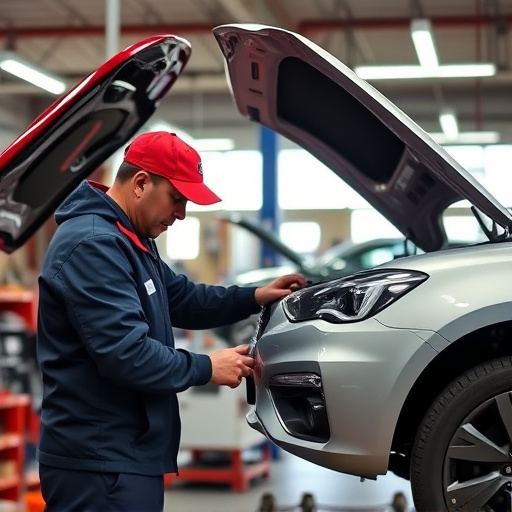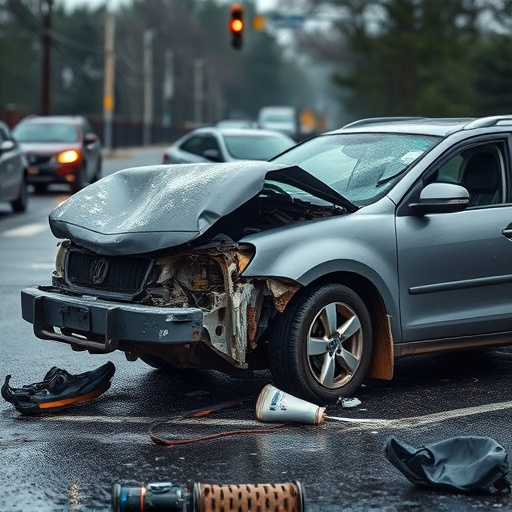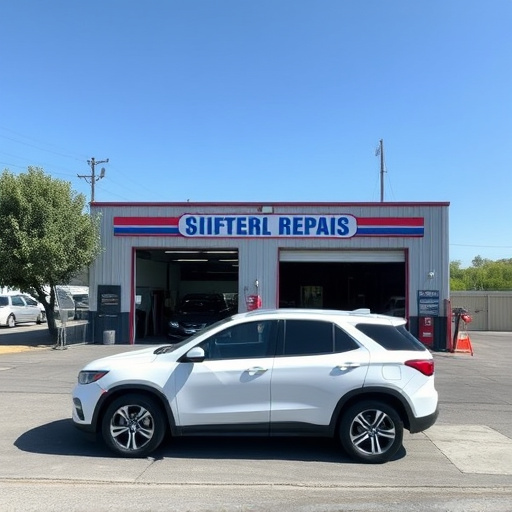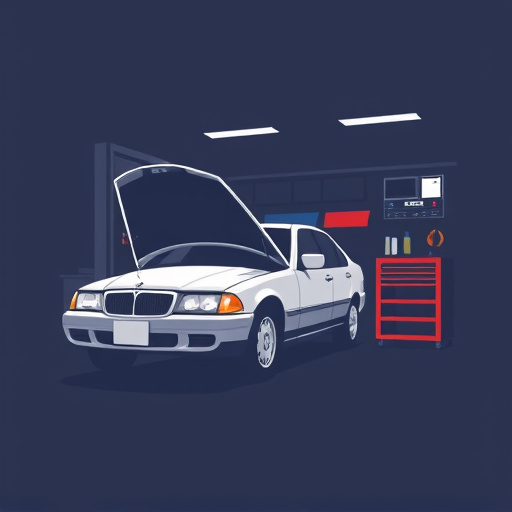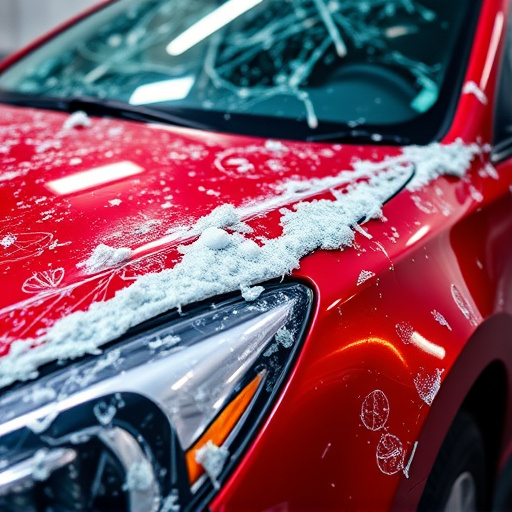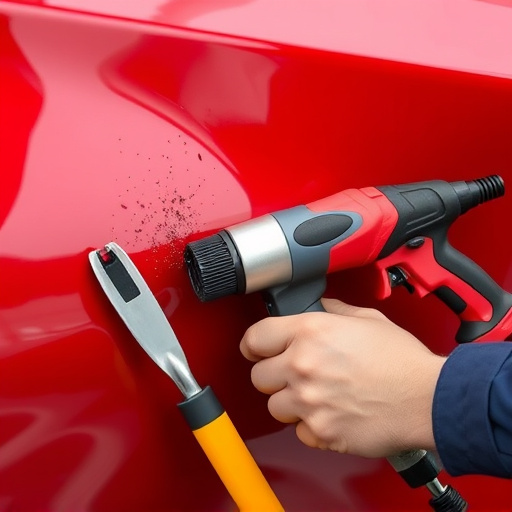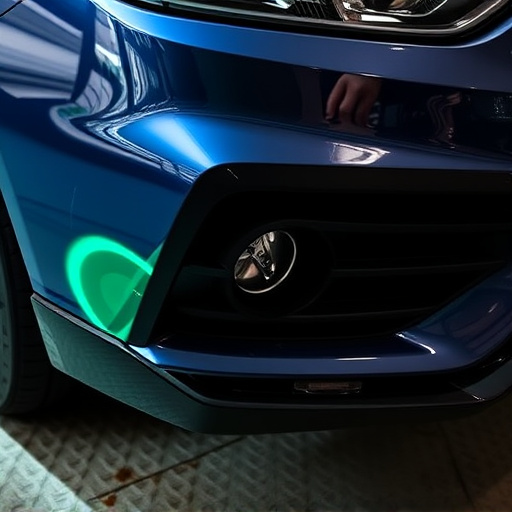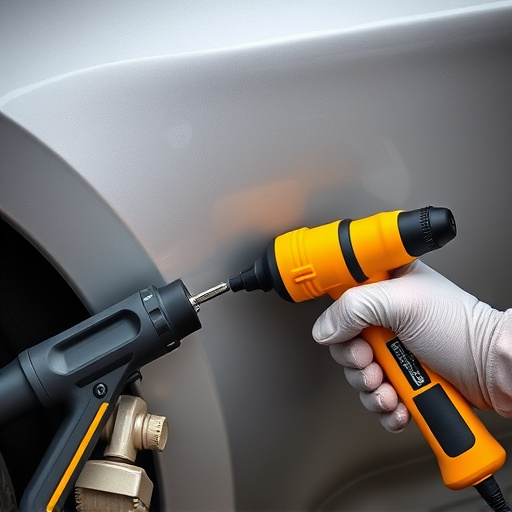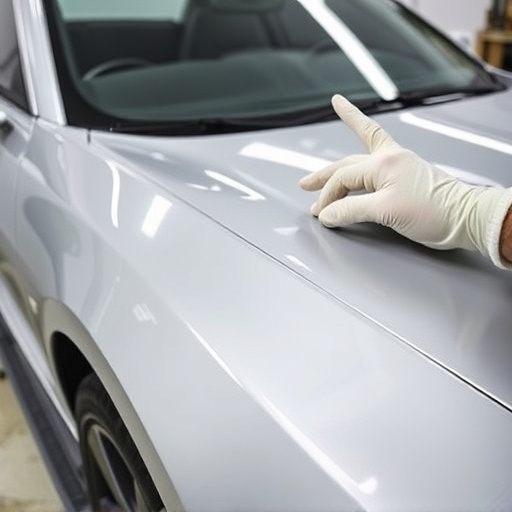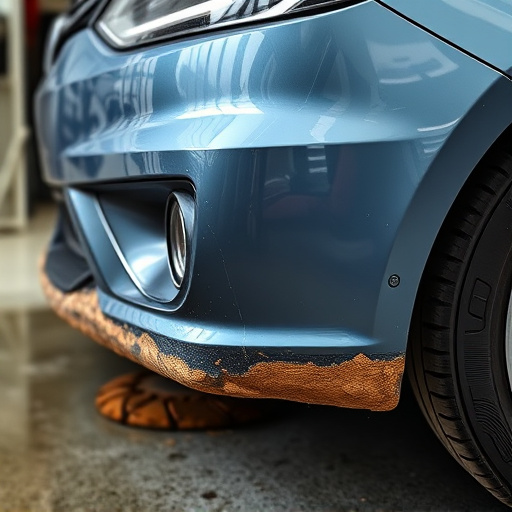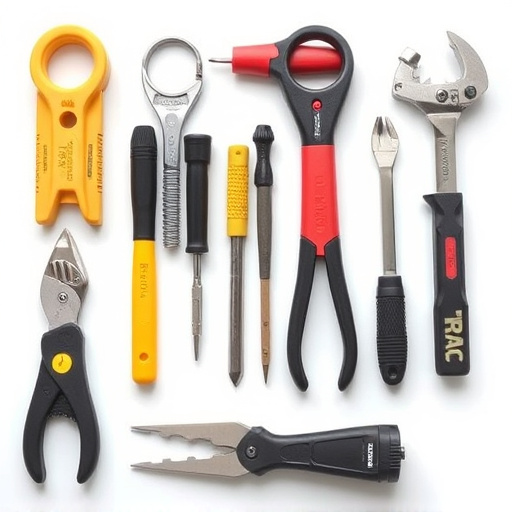Understanding auto body insurance policy terms like comprehensive vs. collision coverage, deductibles, and damage categorization (major vs. minor) is crucial for maximizing protection. Regular maintenance and access to quality repair services for luxury vehicles also help navigate out-of-pocket expenses under the coverage.
Maximizing your auto body insurance coverage can ensure that you’re protected against unexpected repairs, saving you from significant out-of-pocket expenses. This article reveals seven powerful secrets to help you navigate your policy effectively. By understanding your coverage clauses, evaluating damage types, and knowing your deductible, you can make informed decisions. We’ll guide you through the process of balancing risk and savings, ensuring peace of mind on the road.
- Understand Your Policy: Deciphering Coverage Clauses
- Evaluate Damage: Distinguishing Between Major and Minor Repairs
- Know Your Deductible: Balancing Risk and Savings
Understand Your Policy: Deciphering Coverage Clauses
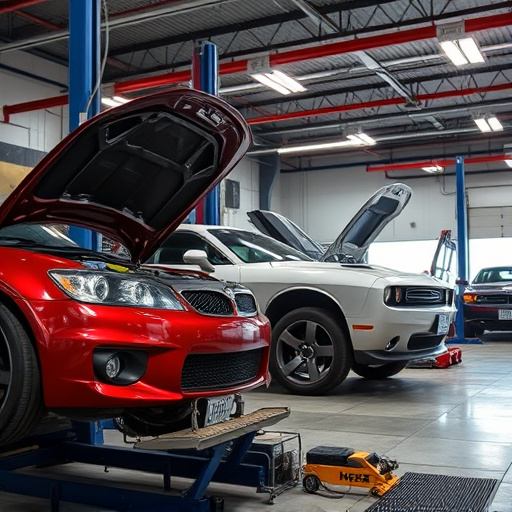
Understanding your auto body insurance policy is a crucial step in maximizing your coverage. Auto body insurance coverage can be complex, with various clauses and exclusions that might seem confusing at first glance. Deciphering these terms is essential to ensure you’re protected appropriately. For instance, some policies may only cover specific types of damages, such as those caused by accidents or natural disasters, while excluding wear and tear or routine maintenance issues.
Knowing the difference between comprehensive and collision coverage is key. Comprehensive coverage typically includes damage from theft, vandalism, or weather events, while collision coverage applies when you’re in an accident with another vehicle or object. Additionally, examining deductibles and limits will help you understand out-of-pocket expenses. Knowing what’s covered and what isn’t will empower you to make informed decisions about repairs, whether it’s at a trusted car repair shop or for auto painting services, ensuring you stay within your policy’s parameters.
Evaluate Damage: Distinguishing Between Major and Minor Repairs
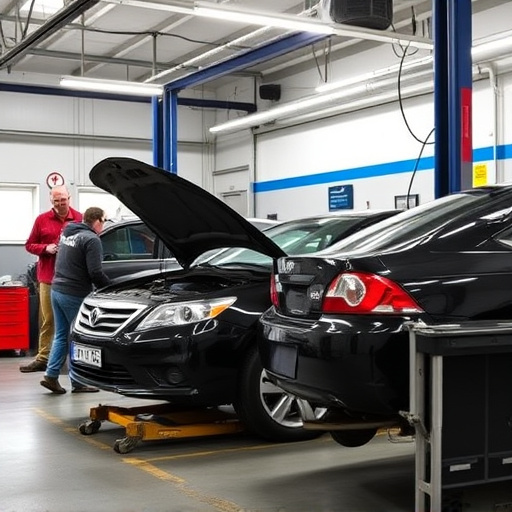
When evaluating damage to your vehicle for insurance purposes, it’s crucial to distinguish between major and minor repairs. Major auto body damage typically involves structural components, such as frames, doors, or fenders, which require extensive welding, replacement, or specialized techniques like panel straightening. These types of repairs often necessitate the expertise of professional auto body shops equipped with advanced equipment. On the other hand, minor damages include dented panels, scraped doors, or small cracks in the car paint repair, which can usually be addressed by straightforward painting and detailing processes.
While some insurance companies might categorize all car paint repairs as minor, it’s essential to consider the extent of damage and the overall cost of restoration. For instance, a simple door ding may only require touch-up painting, while a more significant dent or scratch could lead to extensive repainting, matching colors, and ensuring seamless integration with the vehicle’s existing finish. Understanding these nuances can help policyholders maximize their auto body insurance coverage, ensuring they receive appropriate compensation for both major and minor repairs.
Know Your Deductible: Balancing Risk and Savings
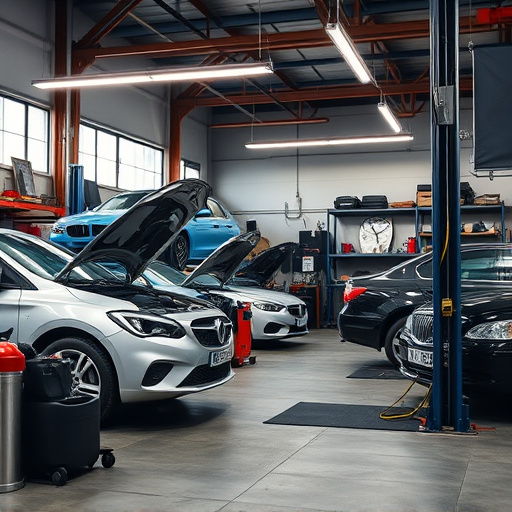
Understanding your deductible is a crucial step in maximizing your auto body insurance coverage. The deductible is the amount you agree to pay out-of-pocket for repairs before your insurance kicks in. Balancing risk and savings, choosing the right deductible involves considering both potential repair costs and your financial comfort level. A higher deductible typically leads to lower monthly premiums, but it means you’ll need to cover more of the repair expenses initially. On the other hand, a lower deductible comes with higher premiums but offers greater protection against unexpected collision damage or extensive repairs for your vehicle.
When navigating this balance, keep in mind that auto maintenance plays a significant role in minimizing claims and thus keeping deductibles manageable. Regular upkeep, including tire rotations, fluid checks, and prompt repair of issues, can prevent small problems from escalating into costly damages. Moreover, if you own a luxury vehicle, ensuring access to high-quality collision repair services tailored to its specific needs is essential for maintaining both its value and the integrity of its intricate systems.
Unveiling the secrets to maximizing your auto body insurance coverage can empower you to navigate repairs with confidence. By understanding your policy, learning to assess damage, and grasping the concept of deductibles, you can make informed decisions that protect your vehicle and your wallet. Embrace these insights as a guide to ensure you’re not just covered but also receiving the best possible care for your vehicle’s needs.
